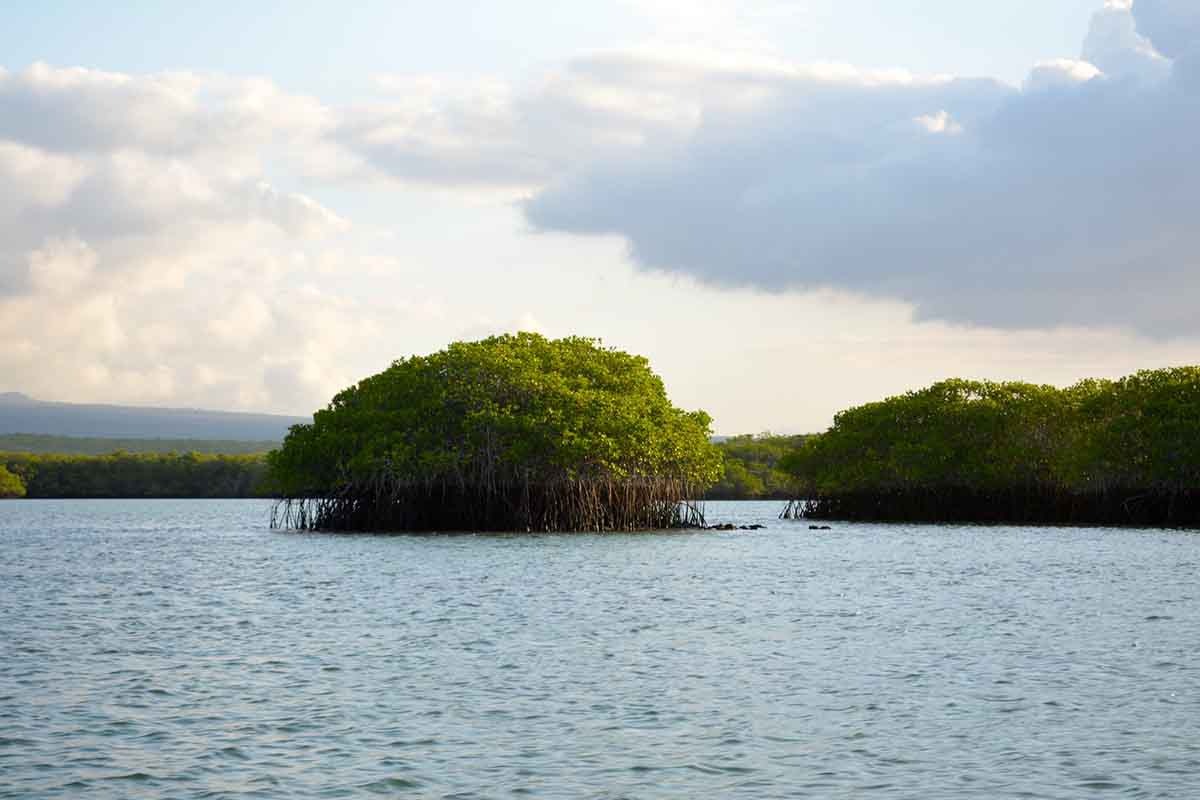This 8-day itinerary includes some of the Galapagos' most famous islands. Santa Cruz Island is included in the itinerary, as are Genovesa Island and Bartolome Island. The highlights of this itinerary are hiking up to the highest point of Bartolome Island and swimming in the crystal clear waters surrounding Bartolome Island. You can also see sea lions and penguins at Rabida Island. The itinerary is perfect for anyone who wants to experience the Galapagos Islands' unique beauty and see many different species of animals.
Day by day
Map

Preview

Preview

Preview
Cruise Includes
Accommodation (sharing double cabins)
Meals
Excursions led by professional Naturalist guide
Use of snorkel equipment
Short wetsuit
Use of kayaks
All transport between visitor sites and yacht
Tea, coffee, water and natural juices
Cruise does not include
Air tickets to and from the Galapagos. Tickets have to be bought with Enchanted Expeditions - US$50 dollars net surcharge per pax if not
National Park fees (US$200)
Long wetsuits. Available for rent on board (US$60 per pax per week)
Transit Control Card (US$20)
Alcoholic and bottled beverages on board
Highlights
A fantastic ride along the Mangroves of Black Turtle Cove
Masked & Red-Footed Boobies, Hawks and more at must-visit Genovesa Islands.
See endemic Penguins and walk up to Pinnacle Rock when visiting Bartolome.
See different Darwin’s Finch species at Rabida Island.
Visit Santa Cruz Highlands and Turtle Breeding Center.
Enjoy a pleasant night sleep in your luxurious Suite even when sailing.
Spot Hawks, Frigate Birds, Sea lions and more at Santa Fe and South Plaza.
8 days – Eastern Islands
From USD 8990,00